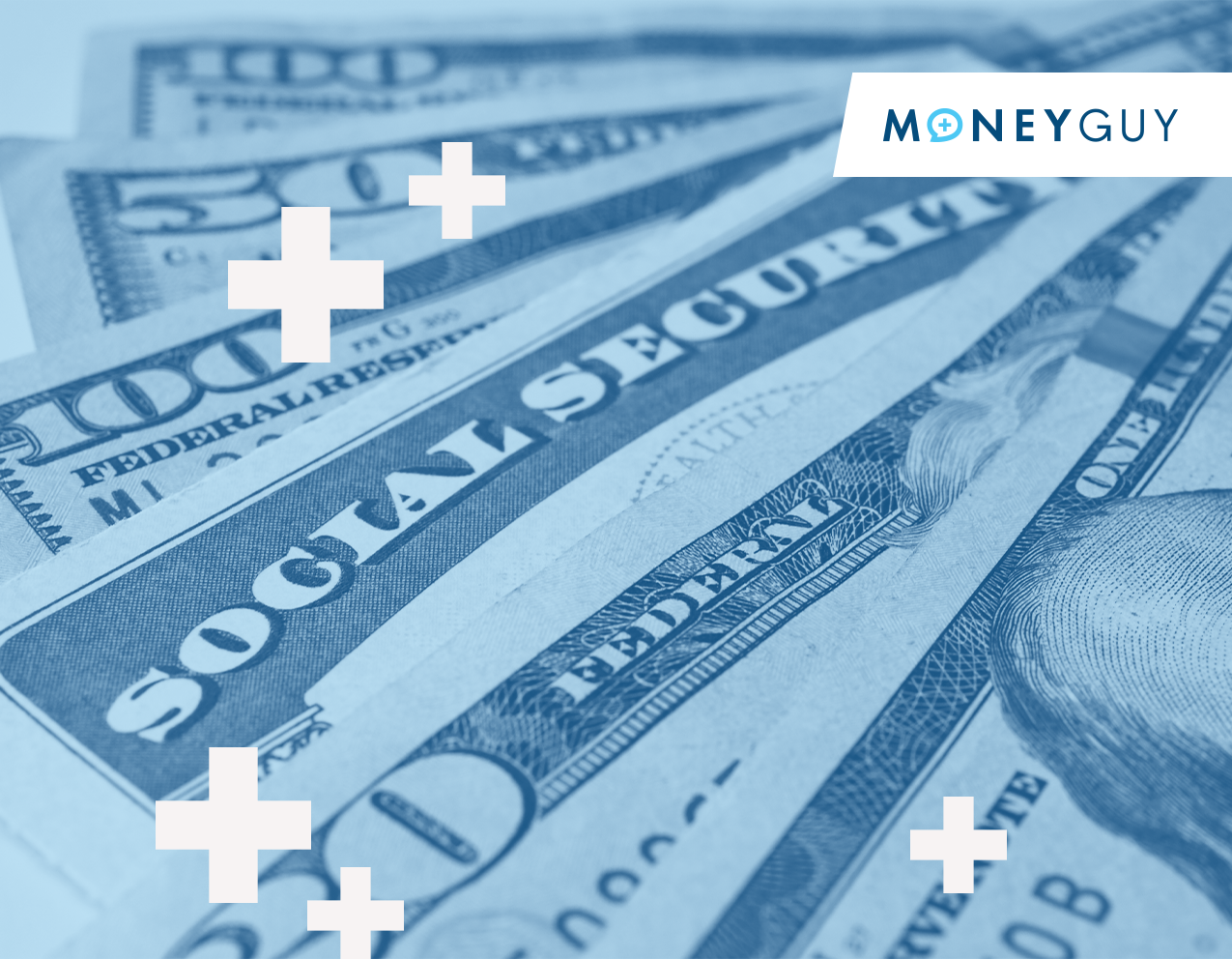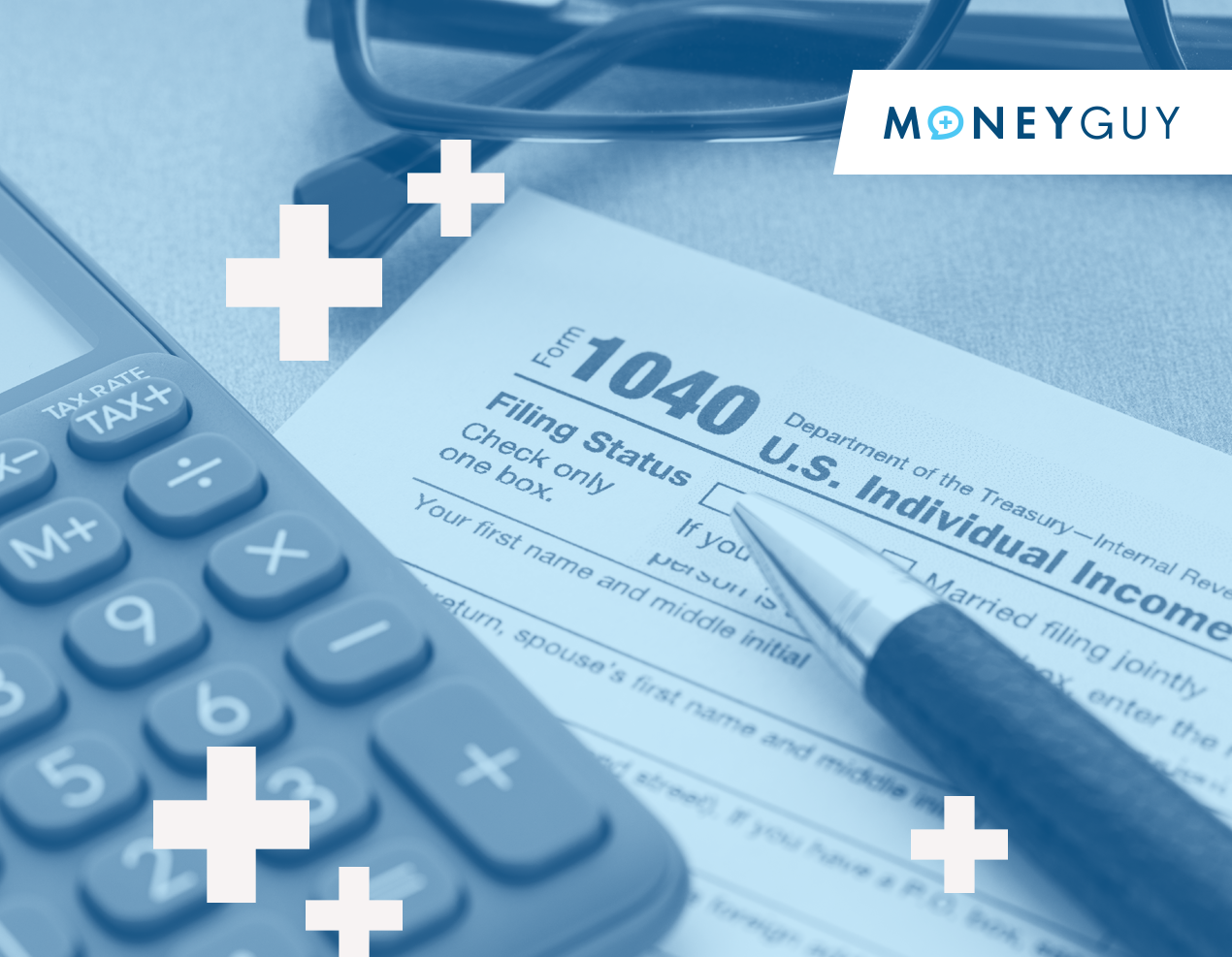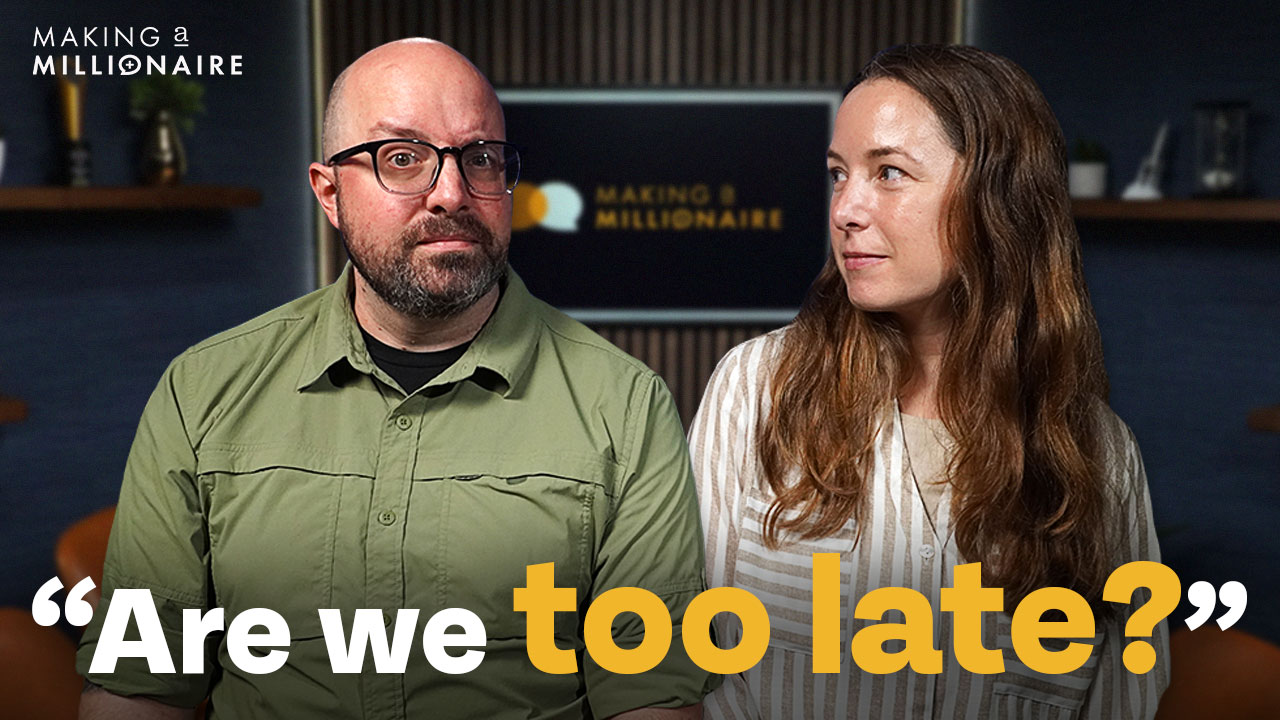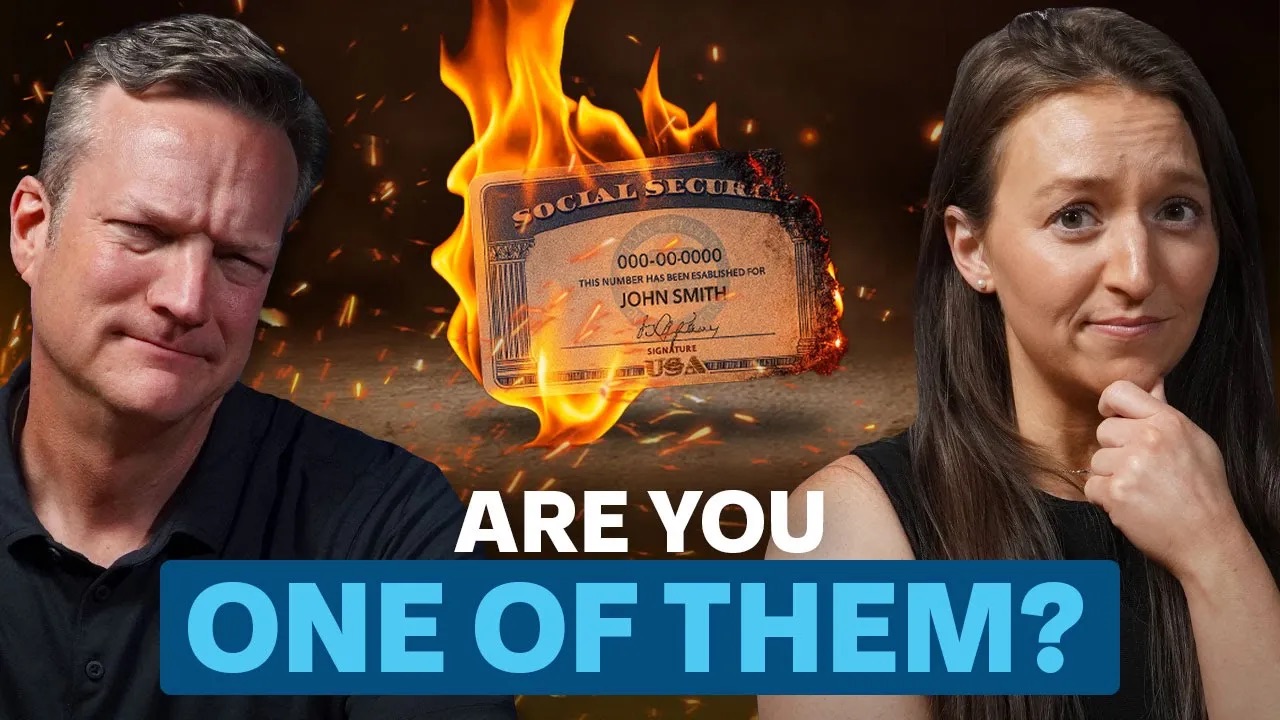But now, step six of the
financial order of operations allows us to focus on how do we max out our retirement accounts. That's exactly right. It is the idea that, "Okay, I've been saving, and I've done some of the lower-level stuff. Now I've got my employer match, I did my tax-free stuff. Now I want to double back." And this year, for folks who are under 50, you can contribute $22,500 into a 401k, 403b, or 457. If you're turning 50 this year or older, you can actually contribute $33,000. These are amazing opportunities to get tax-incentivized growth into your retirement plan, into your army of dollar bills. So if you're not maxing those out, maybe you have a big bonus coming, maybe you have some year-end payout coming, consider upping your 401k or 403b contributions to max those out.
Yeah, and here's the thing. We're going to be doing some additional content on this. The government just came out, the IRS just asked because a lot of you are probably getting nervous for 2024 because you knew that a lot of those catch-ups, if your income was over a certain level, was going to have to go in after-tax. Guess what? You're still going to be able to load up those accounts in normal tax-deductible ways. So that's a good thing that came out. But I want to talk about when you max out, doesn't it also help out with lowering your tax bracket and potentially even helping with credits? What else could it help you with?
Yeah, sure. If you are someone who's thinking, "Man, maybe I'm riding that cusp where I was going to get the child tax credit, but now I'm not going to get the child tax credit, or I was going to be Roth eligible, but my income was too high." Well, one of the great things you can do by utilizing pre-tax deferrals into your retirement plan is drive your income down. So you ought to, at least, do a very quick tax projection. There are tons of software out there that'll do that. You can say, "Alright, if I were to max out my 401k and I were to put in the pre-tax side, what else might I become eligible for that I wasn't going to be eligible for otherwise?" Because the time to do that is before we get to the end of the year. Because once we get into January, all the contributions that flow in next year from a salary deferral standpoint count towards 2024, not 2023.
Now, I do know that it puts pressure on some of our listeners. If your income's under $100,000 or even under $80,000 of household income when you hear us talk about maxing out, you're thinking, "Guys, look, $22,500, or if I'm 50 and older, that's $30,000. I can't get to a 25% savings rate without being able to hit those maximums." That's okay. That still allows you to graduate to step seven of the financial order of operations even if you haven't maxed out those retirement contributions.
I love it. And as you move into that step seven, as you move into hyper-accumulation, now you're thinking through, "How do I finish the drill? If you've not hit that 25%, this is a great place to do that, make that final push. So I've exhausted my Roth IRAs, I've exhausted my health savings accounts. Now I've maxed out my employer-sponsored plan. I've got to find somewhere else to save. I've got to find somewhere else to put those dollars." And the question is, "Okay, well, why, if I'm already doing that, why is 25% so important?" It's because for folks who save 25%, when you get to financial independence, it can do something pretty remarkable for you.
Yeah, it's pretty... I love this because we even had a question on an earlier Q&A show where somebody said, "Where did y'all come up with 25%?" We let the math dictate how things work. We know the typical saver, unfortunately, doesn't start until they're in their 30s. And if you look at our research, it shows you that 25% is the most effective way really for people who are 30 and above to get on the path towards financial independence. Now, look, if you're a person... Because I just told you, this is primarily for people who start in their 30s. So if you start in your 40s, you're going to have... As our chart shows you, if you go to
moneyguy.com/resources, you're going to have to save more. 25% is a starting point there. But the good news is, if you start saving and investing, maybe you're one of our young listeners who's 22, 23 years of age, you're making a great income, and you're super excited about saving, there's potential, if you look at our chart, that you can see that 15%, 20% still creates great opportunities. If you want to see what 25% can do for you, I'd encourage you to go out to
moneyguy.com/resources, download this deliverable to see what kind of income you could replace based on saving at your age.
So now the next question people ask is, "Okay, but guys, I hear you. I want to hit 25%, but I've done the HSAs, I've done the Roths, I've maxed out my employer plan. What's next?" A lot of people are surprised to see there's nothing wrong with just opening a regular brokerage account, a regular after-tax taxable brokerage account. It might be a wonderful place for you to hit that last 25% number.
Yeah, remember it's step seven, hyper-accumulation. When we talk about the three-bucket strategy, we're talking about your after-tax, we talk about your tax-deferred, which is your employer match, as well as anybody who's doing contributions to retirement plans to take a deduction right now, and then we've got your tax-free, that's all your Roth assets. Now, it's not uncommon because even the financial order of operations is structured this way. You want to take advantage of all those tax-favored ways first. But you will get to a point where, especially if you're somebody who thinks you're going to retire much sooner than traditional 60-65, or you get to a point where you're saving aggressively but you've already maxed out all those tax-favored accounts. Like Bo said, there is nothing wrong with that after-tax brokerage account because it does offer some unique benefits.
Here's one of the first benefits. There's no limit on contributions. So while Roth IRAs are capped at $6,500 or HSAs are at $7,750, or 401ks are at $22,500, you can put any amount of money that you would like into an after-tax brokerage account. It's still tax-advantageous. You're not going to get a tax benefit, but if you hold the securities or the holdings, the mutual funds inside of that account long-term, they're subject to long-term capital gains rates, which are more favorable than ordinary income rates. So it's still a tax-incentivized account that you can have effective growth in. It's just a little bit different than traditional retirement accounts. Dividends are tax-favored, and capital gains can be much lower if your income is below, I think, $44,000 for individuals, $88,000, $89,000 for married couples. You can get the 0% tax rate. Really powerful stuff.
And then, Bo, this is important because a lot of people, when you're doing your, as I said, when you retire early, that 59 and a half because IRAs, you don't get access to them unless you do some annuitization or some other crazy strategies. 59 and a half, 401ks, but only if you've separated service while you've reached this age 55. That's right. So I mean, that's still... There are going to be people, especially if you think you're going to retire at 50, you're going to want to have access to an account, an after-tax brokerage account could be that bridge for you.














